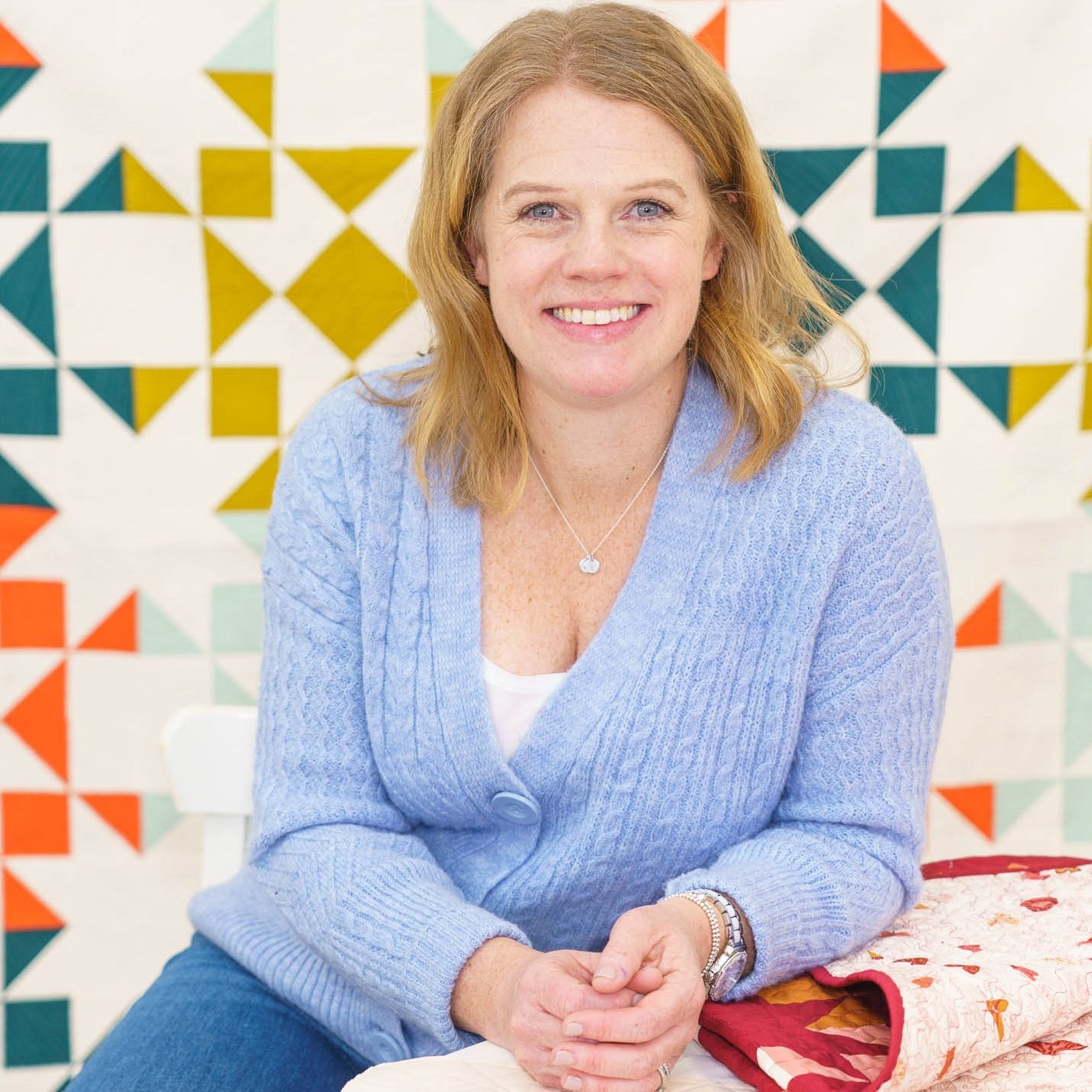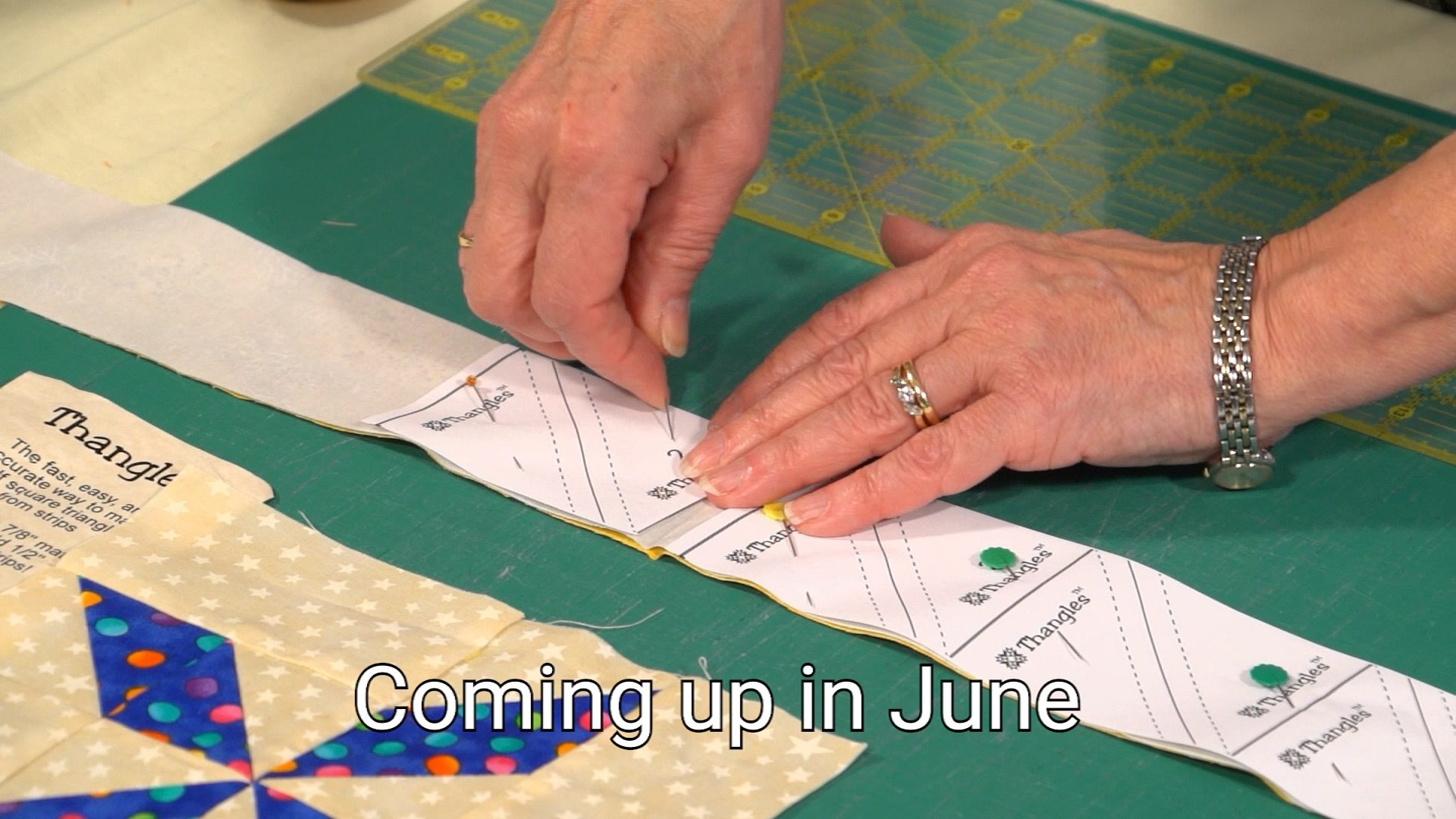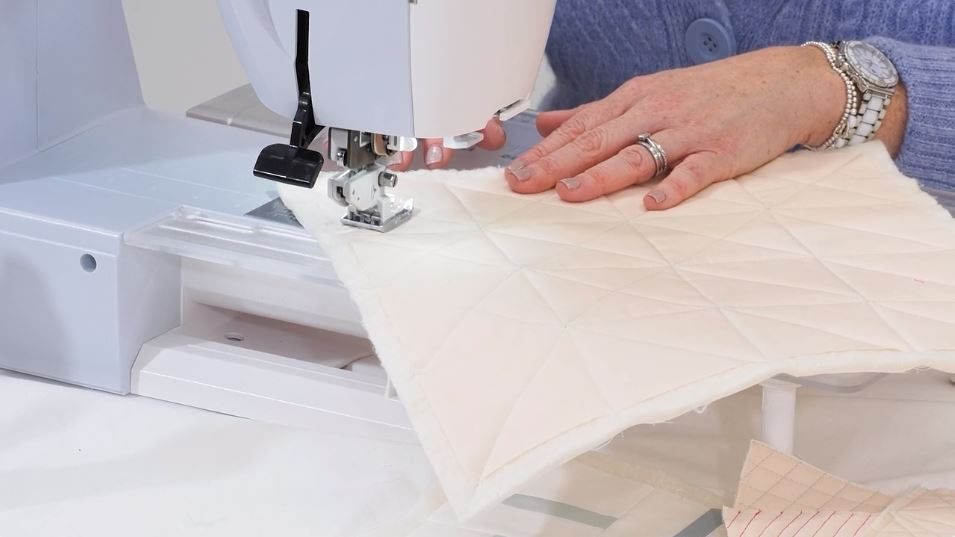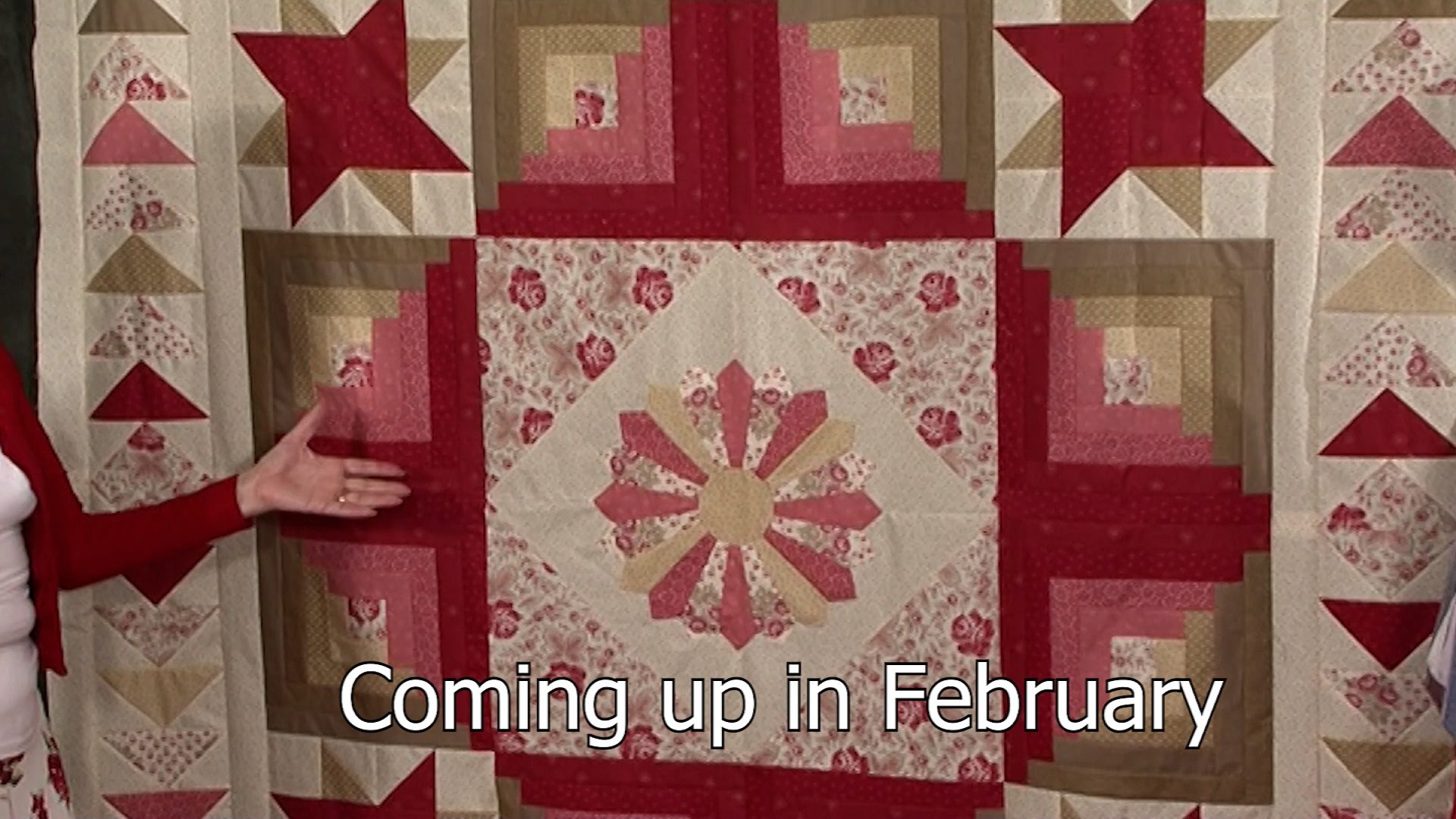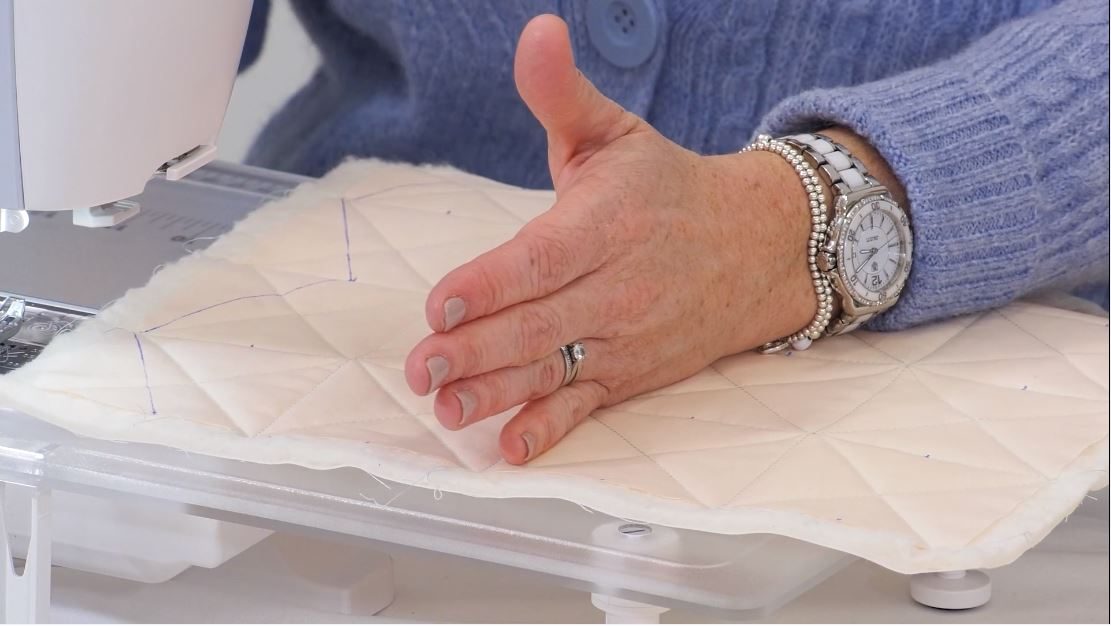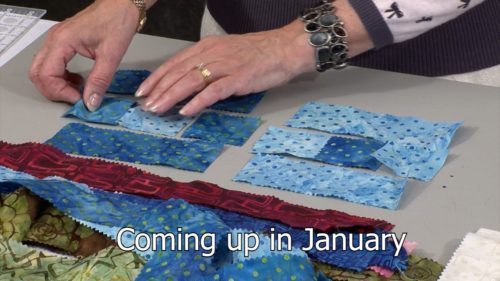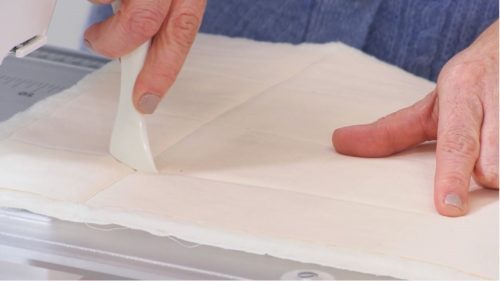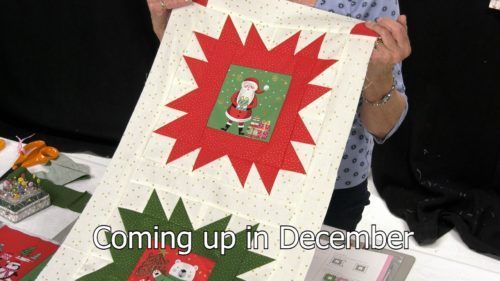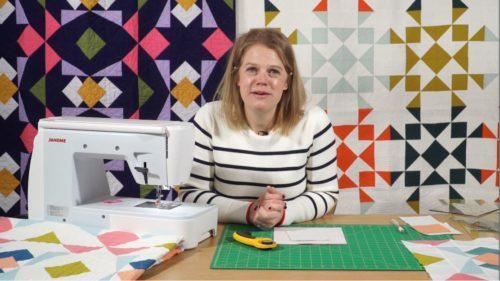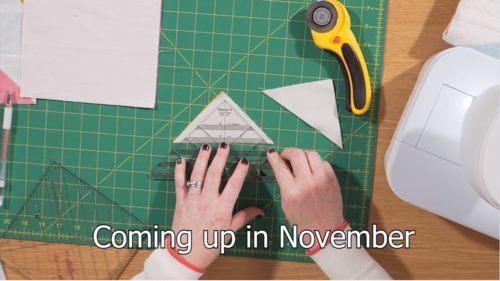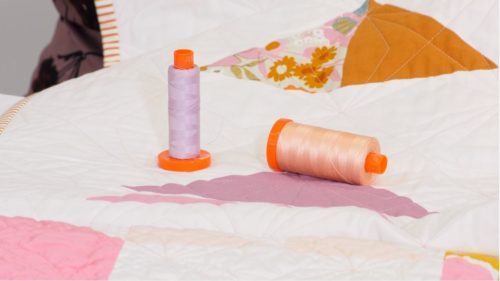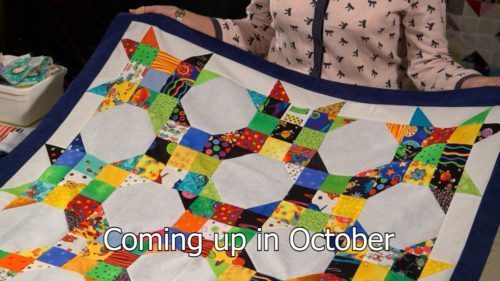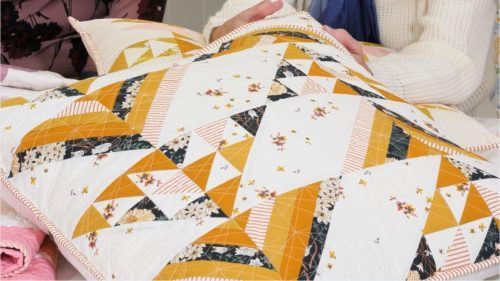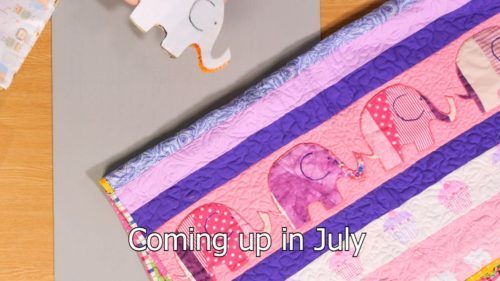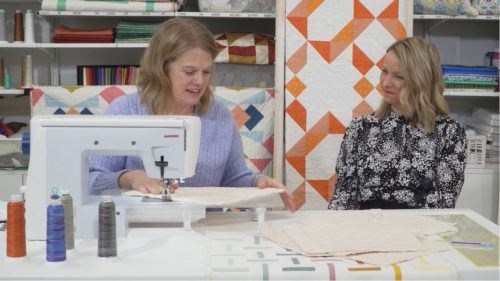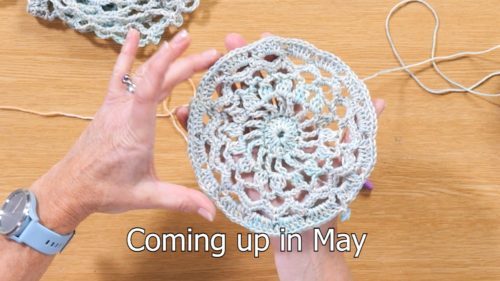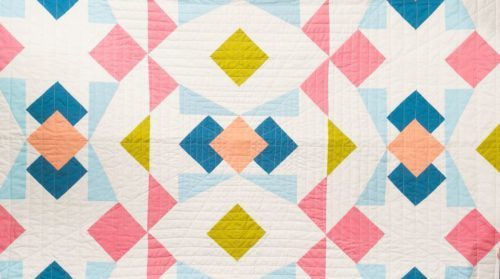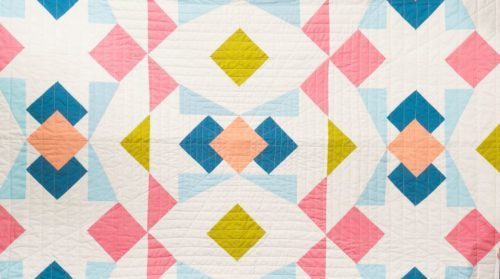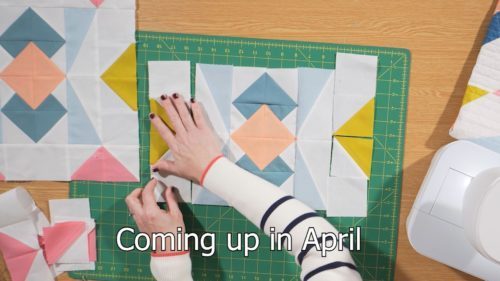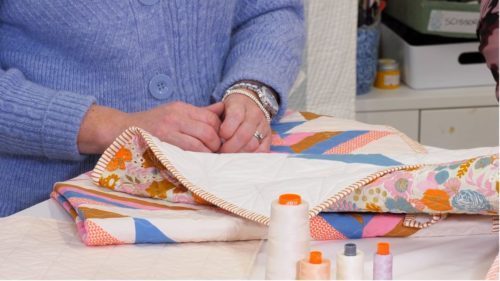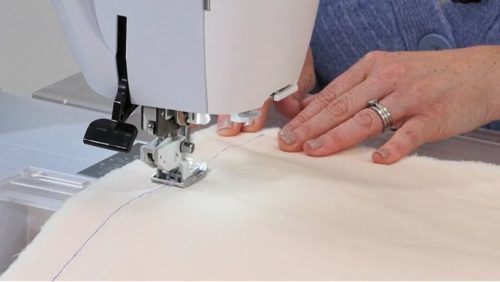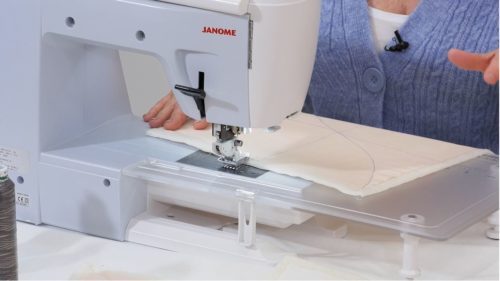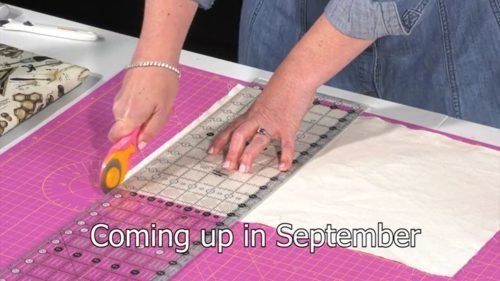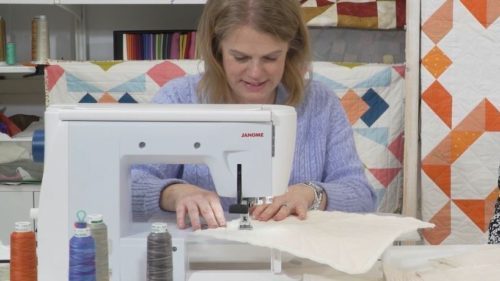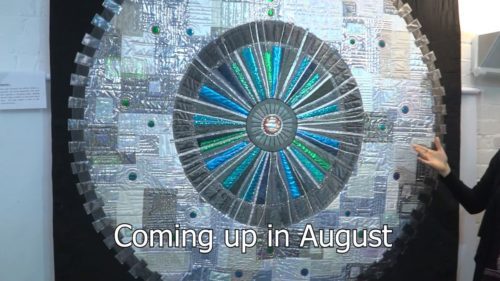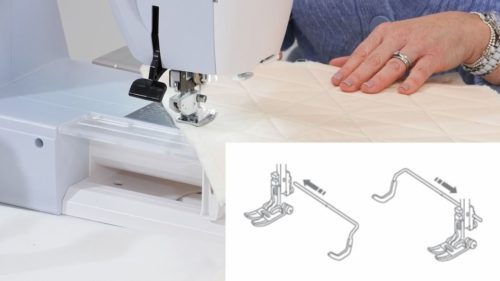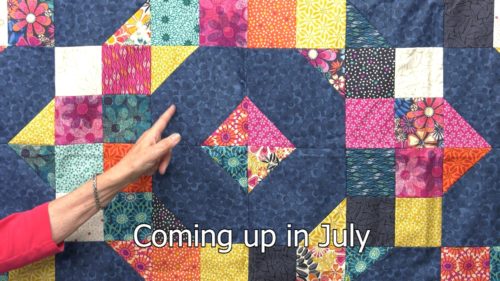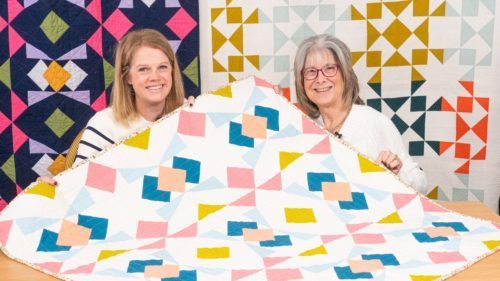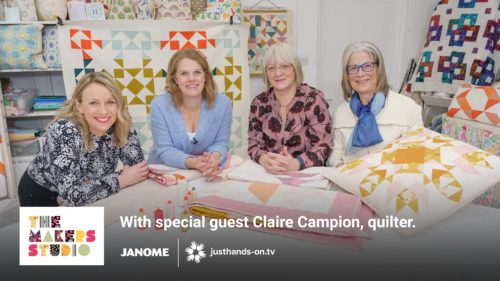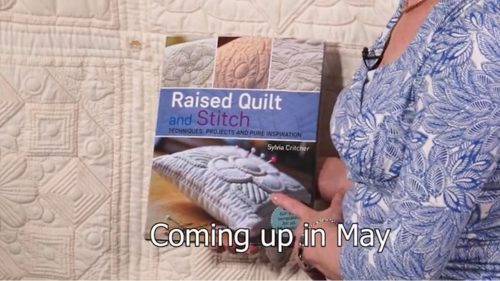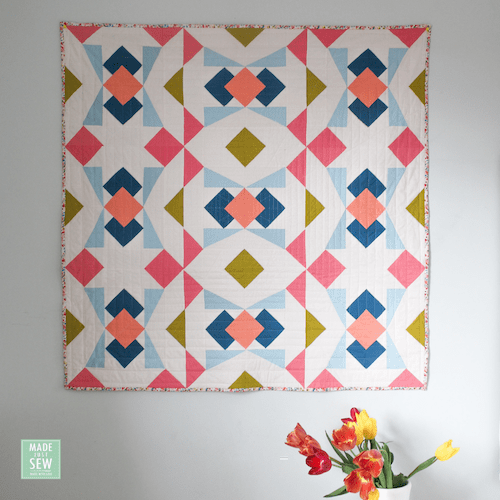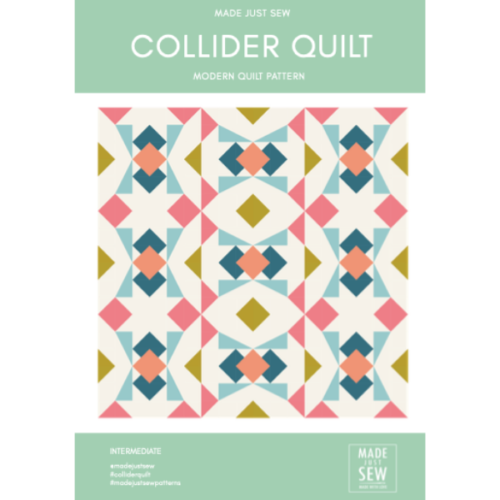About Claire
Claire is a modern quilt designer and teacher, based in Stratford Upon Avon in the UK.
Claire has always had a love for sewing which was reignited when her children were born and needed a creative outlet for herself. It wasn’t long before quilts were the only thing she wanted to sew.
In 2020, during the pandemic, when Claire was stuck between never ending on-line lessons with her kids home-schooling, she designed her first quilt pattern, the Retro Metro Quilt. It was a way she could still channel her creativity when life wouldn’t allow much time behind the sewing machine. Since then, Claire has immersed herself into the quilt designing world and has had her work featured in Love Patchwork & Quilting magazine and justhands-on.tv videos.
Claire’s designs are Inspired by modern geometric designs and repeated patterns – – wherever she finds them – – including toilet tiles and the front covers of books. Claire is the designer behind Made Just Sew. Click her to see her bright, colourful designs.
Though not formally educated in art or teaching, Claire has excelled as a quilting teacher – – winning the Big Janome Skill Share in 2021. What makes her unique is her passion for quilting and a passion for sharing what she has learned.
Click here to watch Claire share her Walking Foot Quilting techniques in an episode of The Makers Studio.
Keep up to date and follow Claire’s quilt journey over on Instagram @madejustsew
Signature Technique
Quilting with a Walking Foot
Top Tips
- Pick your backing fabric first, then match your front colours to your backing. This works really well for those of us who love colourful printed fabrics for our backing.
- If you’ve struggled with quilting, use the walking foot. It makes quilting so much easier.
- Don’t be afraid to quilt straight lines across your patchwork. It gives your project enhanced depth and texture.
- Marking quilting lines with a hera marker provides a useful guide for your straight line quilting.
- Don’t worry about mistakes. We all do it! Remember, you can always unpick stitches and come at it fresh tomorrow.
- Use quilting gloves to help you guide your quilt under the walking foot. The sticky tips of the glove give you a little extra grip.
- If you want your quilting to stand out, choose good quality colour thread to contrast the top. Colour thread can look dominating when on the spool, less so when on your quilt.
Videos
Posts
Alzheimer Scotland pattern book
Ann Hill is a tireless supporter and fundraiser for Alzheimer Scotland; one of her recent projects was to arrange to cover the Hampden Park Football stadium turf with quilts -which she did!!!! (and we suggested a really quick and easy pattern for you to make: click here to enjoy: ) Another of her projects has been to produce this book of patterns entitled 'Scottish Quilt Patterns - which contains a wide variety of projects and patterns for you to follow.
Have I done enough quilting?
Modern waddings do not need to be as densely quilted as vintage quilts used to be - that's why the older quilts are quilted approx every 1"; check with the paperwork/washing instructions that come with your wadding but usually today's option is approx 7-10" apart. Question: I have quilted each (log cabin) block on the diagonal to make squares with the quilting line (does that make sense?).
I want to make a cot quilt – where do I start?
You need to start with the fabric: some for the top, wadding for the middle and backing fabric; The wadding and backing fabric should be the same size as each other AND they should be larger than the top fabric, by approx 4" all the way round. Layer together with pins or tacking ready for quilting. see layer quilt and bind Click here: You need to quilt the sandwich either by hand or machine: if you plan to work by machine you have two options: free motion: Jennie has a couple of workshops on the website - the first is free motion embroidery - but don't be put off by the title - it will help
and then the second is about free motion quilting: or using the walking foot.: this is really easy to use as it is just another foot and just sews, but fitting it can be a bit of a trick, so here is some help:click here and then you can sew in straight lines or use simple wavy stitching as suggested by Valerie.

